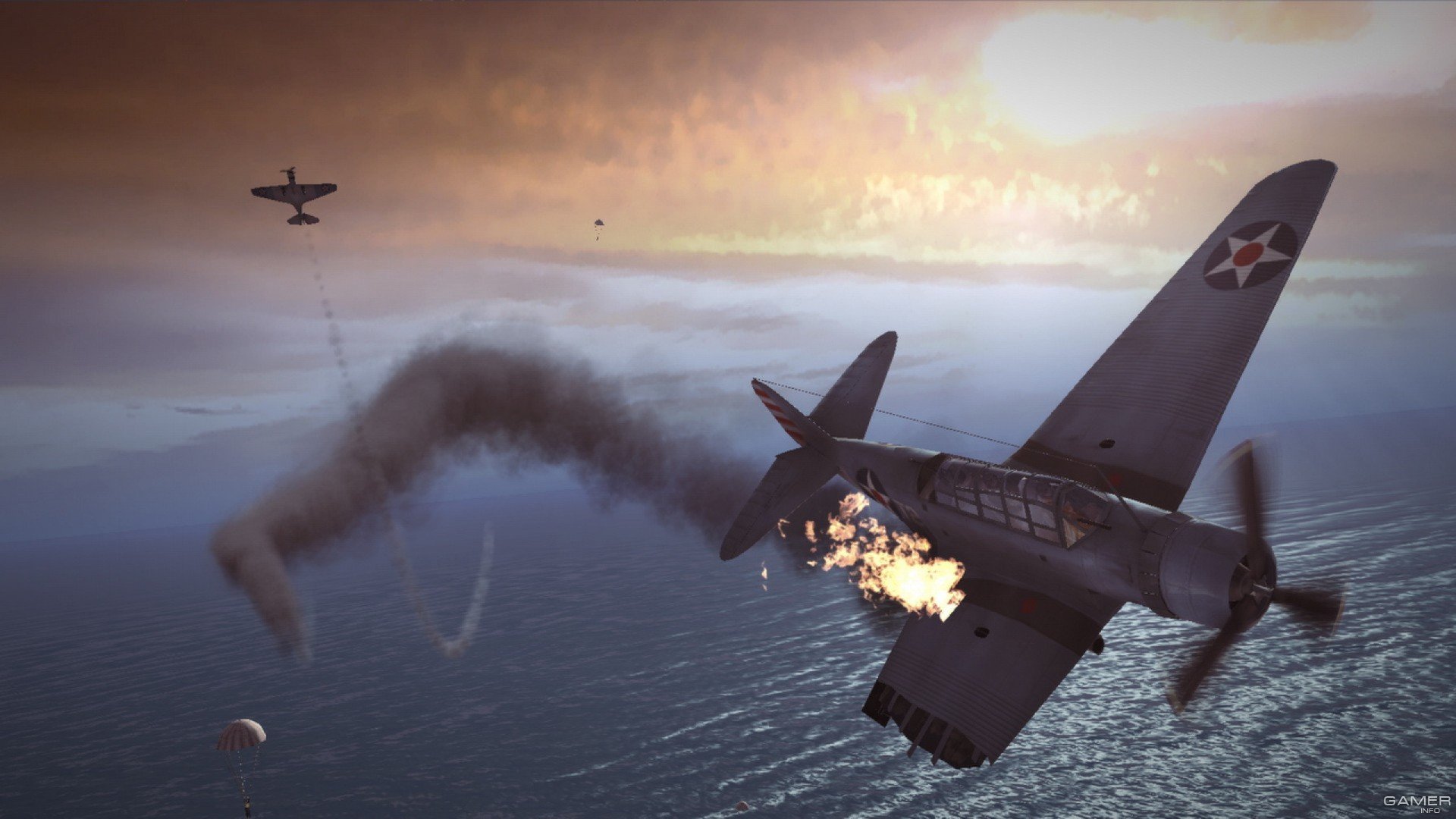

It was retrieved by Davie Police Officer Mike McGee, who traveled to Long Island and then delivered it to the Museum in August 2007. It was restored by Navy reserve volunteers in 2008.Ī 1945 Link Trainer Flight Simulator - Restorationīy Navy Heritage Project : June to July 2008 Carl Bork, a former Naval Aviator, located and purchased a WWII Link Trainer in Long Island, New York. Bush (former U.S President), and also the crew of Flight 19, were instructed to navigate TBM/TBF Avengers in this same Building.Ī preserved Link Trainer is on exhibit at this Museum. At this school, an Ensign learned to navigate Avenger aircraft with the help of this simulator. The building had 6 - 8 Link Trainer Flight Simulators during the course of World War II. This was done on the "Link Trainer Building #8" (which houses this Museum). Ground school at NAS Fort Lauderdale included extensive instruction in navigation, relating to the TBF/TBM Avenger. The Avenger was the first design to feature a new wing-folding mechanism created by Grumman, intended to maximize storage space on an aircraft carrier. Most importantly, was the use of the Naval Air Station for training pilots and air crews on the specialized Grumman Avenger TBF/TBM torpedo bomber, which was the largest single engine plane used during the war. The Naval Air Station Fort Lauderdale was instrumental as thousands of men and women who went off to war received their training here. The Link Company is now a part of L-3 Communications and continues to make aerospace simulators. The Link Flight Trainer has been designated as an Historic Mechanical Engineering Landmark, by the American Society of Mechanical Engineers. More than 500,000 U.S pilots were trained on Link simulators, many of them at the NAS Fort Lauderdale. These simulators became famous during World War II, when they were used as a key pilot training aid by almost every combatant nation. The Link Trainer, also known as the Blue Box and Pilot Trainer was a flight simulator produced between the early 1930's based on technology pioneered in 1929 by Edwin Albert Link.


 0 kommentar(er)
0 kommentar(er)
